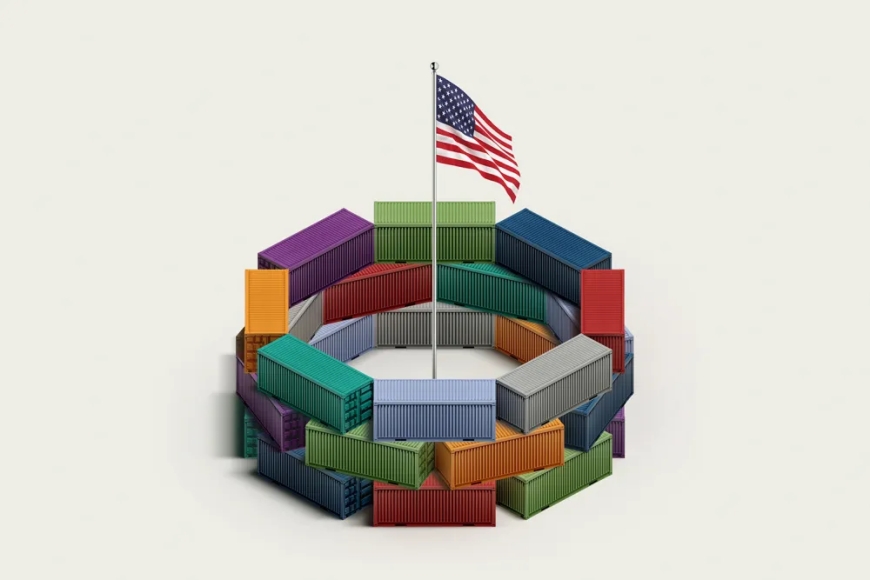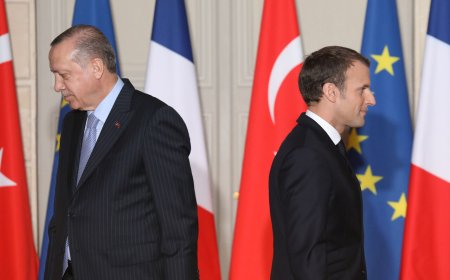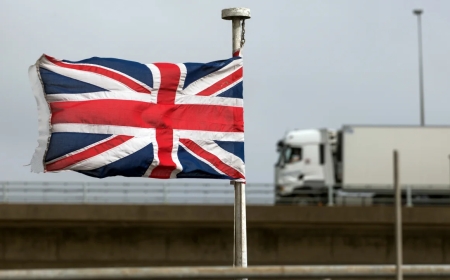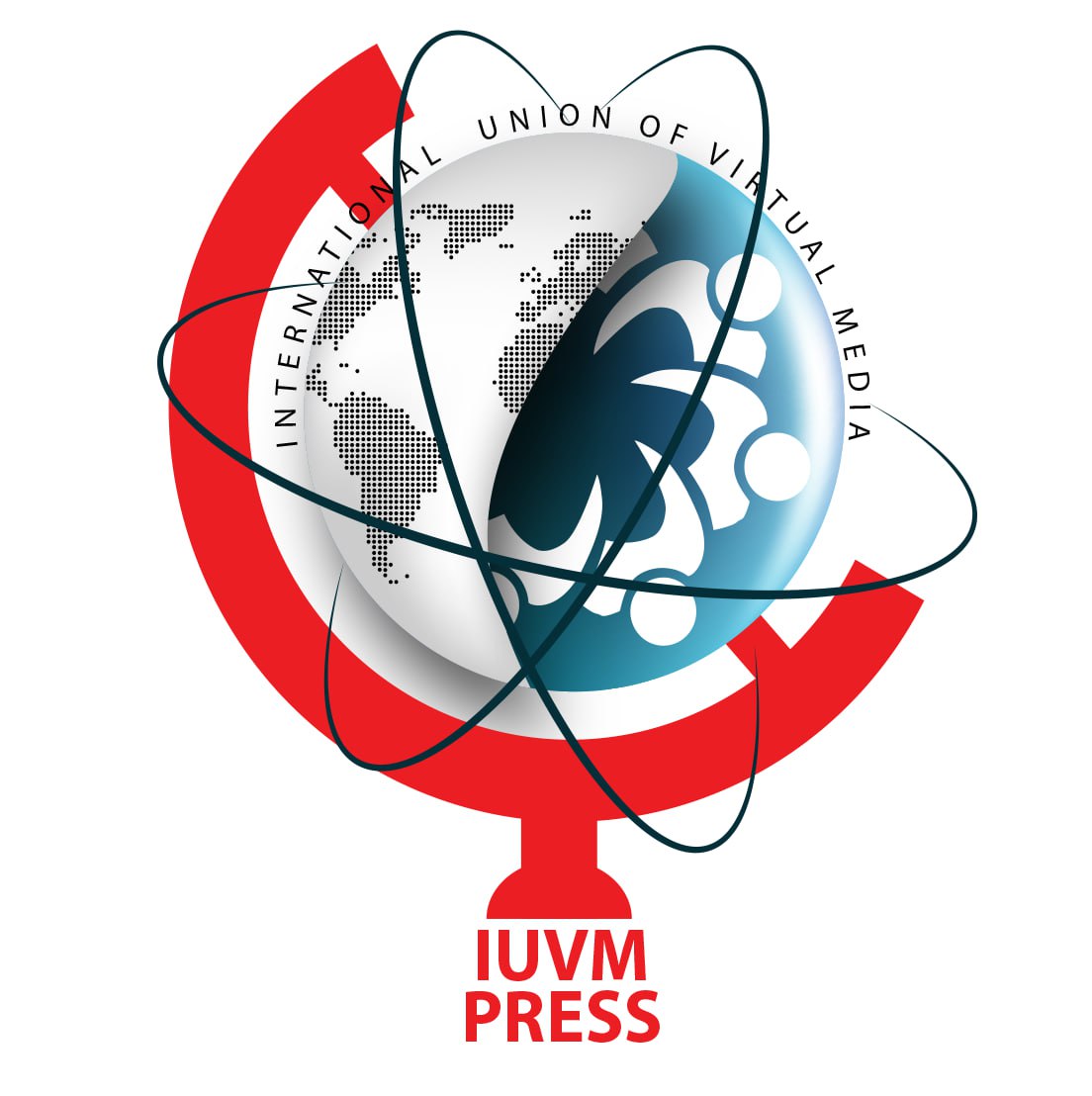The Implementation of Tariffs by President Trump: A New Era of Economic Protectionism?
The Implementation of Tariffs by President Trump: A New Era of Economic Protectionism? One of Donald Trump's most contentious economic policies—tariffs—has been reinstated upon his return to the White House. His new trade conflict is more extensive, encompassing a variety of nations and industries, in contrast to his first administration, during which tariffs were primarily perceived as a strategy against China. The move is presented as a safeguard for American workers and industries; however, history indicates that aggressive tariff policies can have unintended economic repercussions. Protectionism in the United States is not a novel concept. Although Trump's trade policies are frequently perceived as a significant departure, the Biden administration implemented numerous similar policies. The persistence of tariffs across administrations indicates a bipartisan transition to "neo-protectionism," in which trade restrictions are no longer a transitory measure but a permanent component of economic policy. The narrative is conveyed through the numerical values. More than $360 billion in Chinese products were impacted by tariffs during Trump's first term. Through the Inflation Reduction Act, the Biden administration preserved numerous tariffs and implemented new subsidies for domestic industries. Currently, Trump 2.0 has escalated his tariff policies by extending them to allies including the European Union, Canada, and Mexico. Although tariffs are intended to safeguard domestic industries, they frequently incur expenses. Donald Trump's initial tariffs on Chinese imports resulted in an annual increase in prices for U.S. consumers and businesses of approximately $51 billion, according to the Peterson Institute for International Economics. Additionally, American exporters were significantly impacted by retaliatory tariffs from China and other trade partners, particularly in the agricultural and manufacturing sectors. Additional tariffs pose a risk of exacerbating price pressures in the current economic environment, where inflation remains a concern. The U.S. Chamber of Commerce has issued a cautionary report regarding the potential for widespread tariff increases to impede economic growth, increase costs for businesses, and disrupt supply chains. In addition to economic concerns, Trump's aggressive trade policies have the potential to erode U.S. alliances. Canada and the European Union have already indicated that they will implement their own countermeasures. China may implement even more severe measures this time around in response to U.S. tariffs, as it has previously implemented duties on American soybeans and automobiles. Tariffs continue to be a politically influential instrument, despite the potential hazards. Trade barriers are supported by a significant number of American electors, particularly in industrial states, as a means of reviving manufacturing employment. Trump's messaging underscores economic nationalism, promising to reintroduce employment from China and penalize "unfair" trading partners. This approach may assist him in securing critical battleground states in the forthcoming election. Nevertheless, history has demonstrated that protectionism frequently results in economic instability. The Great Depression was exacerbated by the Smoot-Hawley Tariff Act of 1930, which increased U.S. import duties and resulted in a sudden decline in global trade. Despite the increased complexity of the contemporary economy, the risks of economic stagnation and diplomatic tensions are still substantial.

One of Donald Trump's most contentious economic policies—tariffs—has been reinstated upon his return to the White House. His new trade conflict is more extensive, encompassing a variety of nations and industries, in contrast to his first administration, during which tariffs were primarily perceived as a strategy against China. The move is presented as a safeguard for American workers and industries; however, history indicates that aggressive tariff policies can have unintended economic repercussions.
Protectionism in the United States is not a novel concept. Although Trump's trade policies are frequently perceived as a significant departure, the Biden administration implemented numerous similar policies. The persistence of tariffs across administrations indicates a bipartisan transition to "neo-protectionism," in which trade restrictions are no longer a transitory measure but a permanent component of economic policy.
The narrative is conveyed through the numerical values. More than $360 billion in Chinese products were impacted by tariffs during Trump's first term. Through the Inflation Reduction Act, the Biden administration preserved numerous tariffs and implemented new subsidies for domestic industries. Currently, Trump 2.0 has escalated his tariff policies by extending them to allies including the European Union, Canada, and Mexico.
Although tariffs are intended to safeguard domestic industries, they frequently incur expenses. Donald Trump's initial tariffs on Chinese imports resulted in an annual increase in prices for U.S. consumers and businesses of approximately $51 billion, according to the Peterson Institute for International Economics. Additionally, American exporters were significantly impacted by retaliatory tariffs from China and other trade partners, particularly in the agricultural and manufacturing sectors.
Additional tariffs pose a risk of exacerbating price pressures in the current economic environment, where inflation remains a concern. The U.S. Chamber of Commerce has issued a cautionary report regarding the potential for widespread tariff increases to impede economic growth, increase costs for businesses, and disrupt supply chains.
In addition to economic concerns, Trump's aggressive trade policies have the potential to erode U.S. alliances. Canada and the European Union have already indicated that they will implement their own countermeasures. China may implement even more severe measures this time around in response to U.S. tariffs, as it has previously implemented duties on American soybeans and automobiles.
Tariffs continue to be a politically influential instrument, despite the potential hazards. Trade barriers are supported by a significant number of American electors, particularly in industrial states, as a means of reviving manufacturing employment. Trump's messaging underscores economic nationalism, promising to reintroduce employment from China and penalize "unfair" trading partners. This approach may assist him in securing critical battleground states in the forthcoming election.
Nevertheless, history has demonstrated that protectionism frequently results in economic instability. The Great Depression was exacerbated by the Smoot-Hawley Tariff Act of 1930, which increased U.S. import duties and resulted in a sudden decline in global trade. Despite the increased complexity of the contemporary economy, the risks of economic stagnation and diplomatic tensions are still substantial.













































